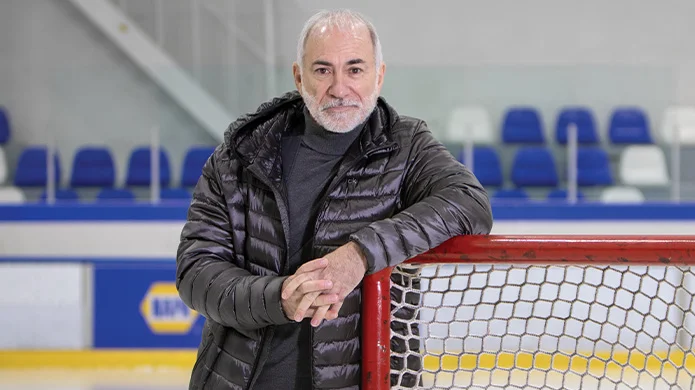The difference between cardiac arrest and a heart attack
Cardiac arrest and heart attack are not the same thing, although both are medical emergencies.
What is it?
|
Cardiac arrest
|
Heart attack
|
|
The heart suddenly and unexpectedly stops beating
|
The heart is not getting enough blood so it starts to die
|
|
It is caused by an abnormal heart rhythm
|
Caused by a blockage of blood flow to the heart
|
|
Blood and oxygen are no longer circulating to the brain and other vital organs
|
The heart continues to pump blood
|
|
It is a critical medical emergency
|
It is a medical emergency
|
|
Every minute without CPR or AED use decreases the person’s chance of survival by about 10%
|
Damage to the heart increases with every minute of treatment delay
|
|
Brain injury can begin within minutes
|
|
What does it look like?
|
Cardiac arrest
|
Heart attack
|
|
Sudden collapse
|
Person is generally conscious.
|
|
Loss of consciousness
|
Signs include:
|
|
Unresponsiveness to touch or sound
|
Chest or upper body discomfort, sweating
nausea, shortness of breath, and light-headedness.
|
|
Not breathing or not breathing normally
|
What to do?
|
Cardiac arrest
|
Heart attack
|
|
Call 9-1-1 and shout for a defibrillator
|
Call 9-1-1
|
|
Start CPR right away
|
Stop all activity. Sit or lie down
|
|
Use an AED as soon as one is located
|
Take your nitroglycerin
|
|
Don't hesitate to act. You can’t hurt, you can only help. This is a medical emergency that requires immediate attention.
|
Chew ASA (Aspirin) (one 325 mg or two 81 mg tablets).
|
|
Rest and wait.
|
A heart attack can lead to a cardiac arrest if it is severe enough

